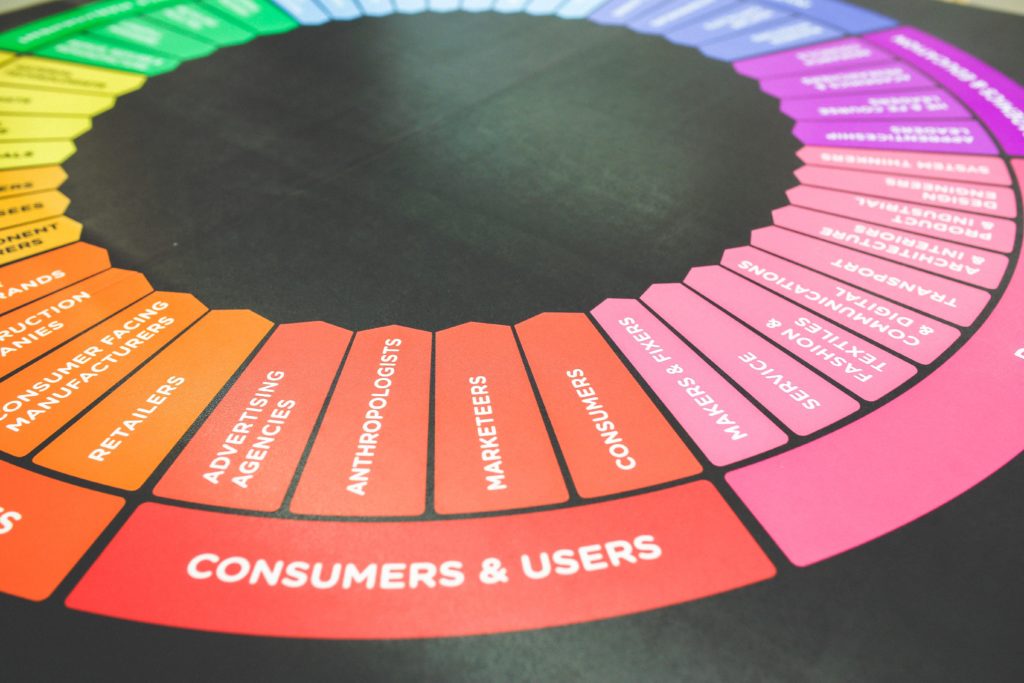Photo by Kaboompics.com from Pexels
Flyers have been used for decades to invite people to events, promote sales, and advertise new products. Printed flyers can be sent by mail, stuck on bulletin boards, distributed by hand, or displayed in storefronts. More recently, digital versions of flyers have emerged. Digital flyers can be distributed via email and shared on social media sites such as Facebook, Twitter, Instagram, or Pinterest.
RELATED ARTICLE: IT’S NOT TOO LATE TO PLAN A TOP-NOTCH DIGITAL MARKETING STRATEGY FOR 2018
The Advantages of Digital Flyers
Here are some of the advantages of using digital flyers for your marketing campaigns:
-
Do It Yourself
You can use online flyer creators such as Flipsnack to create great designs yourself. This can save you the cost of hiring a professional designer. Such apps come with fully adaptable and customizable templates. These will allow you to create quality designs within minutes.
-
Wider, Targeted Reach
Due to limited copies and geographical restrictions, reaching a wide audience is challenging when you’re using paper flyers. In addition, you cannot be sure if your targeted audience is actually seeing your flyers. However, digital flyers allow you to reach multiple people worldwide at the same time. Moreover, there is also a chance that people will share your flyers, thus giving you an even wider reach.
-
Cost-Effectiveness
Using printed flyers means spending money on paper. Additionally, you would likely need to pay professional designers. What’s more, you would even need to hire people to distribute your flyers. To top it off, many of your flyers would likely end up in the garbage as soon as they were distributed. However, you can avoid all these costs by using digital flyers instead. Using online flyer templates allows you to A/B test multiple variations of different flyers as well, especially with digital flyers where all your production costs are in the design.
-
Easy to Track
It is not easy to measure the response rate from a distribution of paper flyers. However, there are tools that can help monitor the effectiveness of digital flyers.
Some Guidelines for Designing Your Digital Flyers
In a world flooded with promotional materials, it can be quite difficult to stand out from the crowd. However, here are some guidelines for creating a design that will grab the attention of your target prospects and compel them to take action:
1. Include a Call to Action
What specific action do you want your audience to take after looking at the content on your flyer? Do you want them to visit a website, register for an event, make a purchase, or call a phone number? The call to action, or CTA, on your flyer should correspond with your current marketing objectives. For example, if you want to get more registrations for an upcoming event, the CTA could be “Sign up for the event” with the relevant contact details and deadline for registration. Moreover, make sure your flyer has only one CTA to avoid confusing your audience.
2. Have a Clear Message
Your audience should be able to understand what your flyer is all about within seconds. If it takes them too long to understand your message, they will likely lose interest. They might even throw the flyer away. Therefore, use visual cues such as highlight, underline, bold fonts, and other elements to draw attention to crucial details in your flyer. What’s more, be sure to provide all the information that people will require to perform the desired call to action. This includes details such as price, time, date, location, amenities available, dress code, and where they can get answers to any questions.
3. Include a Photo of a Person
One of the best ways of grabbing your readers’ attention is to have a photo of someone looking directly at them. Research has shown that the human mind is programmed to look back and scan faces. Therefore, don’t fill your flyer with only text. Add a clear, smiling photo of a person to enhance engagement and boost response rates.
4. Select Colors and Fonts Wisely
The color scheme of your flyer should be consistent with your branding, message, and target audience. For example, green would be appropriate for a health or environment-related message. Bright colors would work for a children-related design. And black makes a classy statement. When it comes to fonts, use only one or two typefaces in your flyer design. Using three or more typefaces will make the flyer appear cluttered. Moreover, it will distract viewers from the message.
5. Create Balance
The layout of your flyer is just as crucial as the color and font choice. If the design is too crammed with text and images, your audience might miss the message. Make use of white space to create balance in your design. Space the text and elements in your flyer further apart to give your design a cleaner look. You could also use fewer colors to create a minimalist look. This will help to direct readers’ focus to the message.


